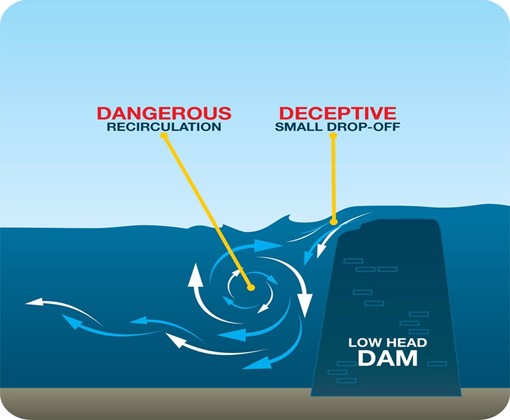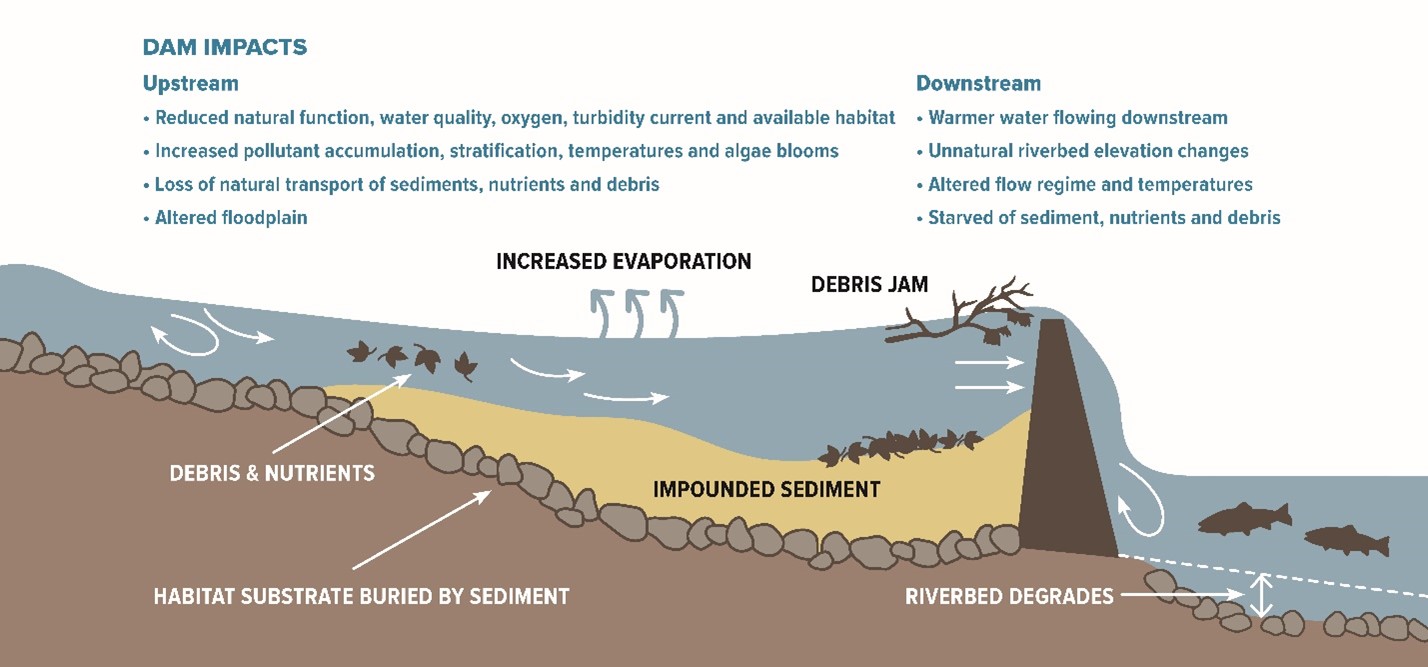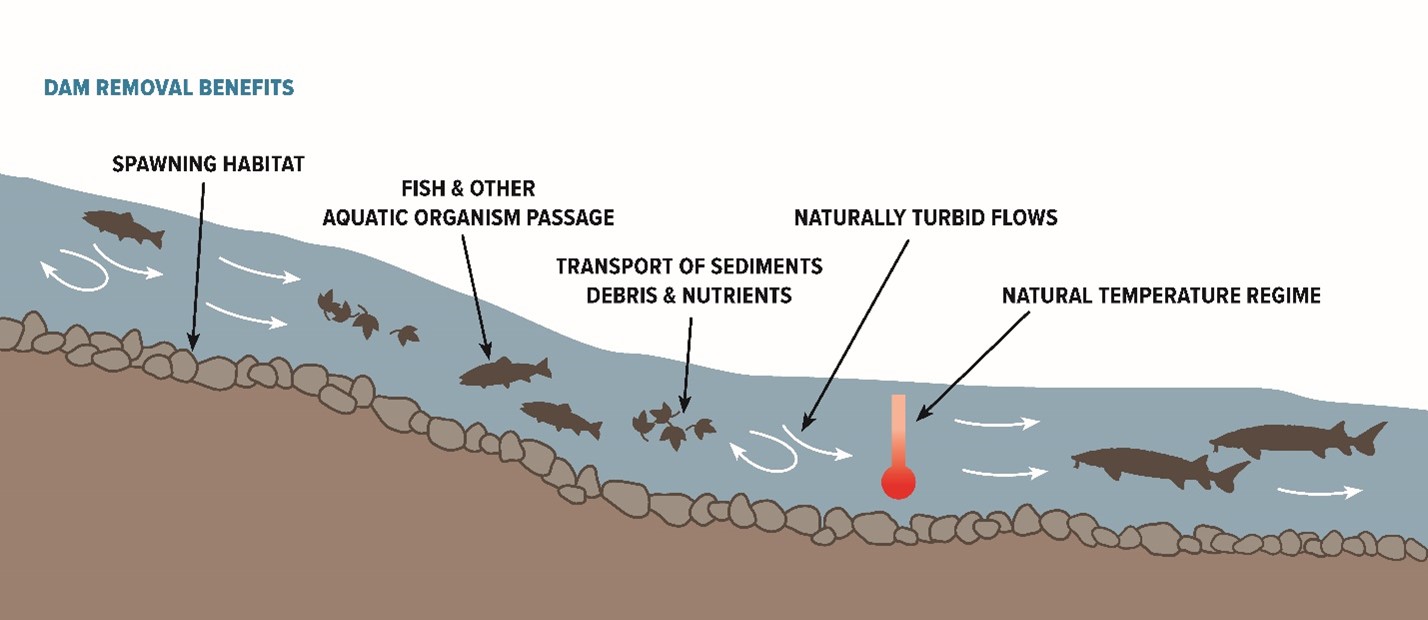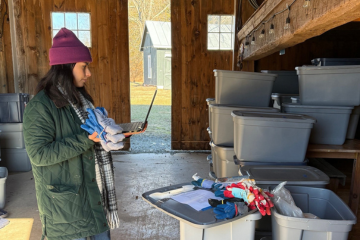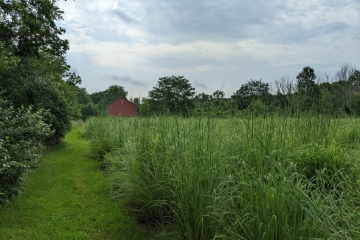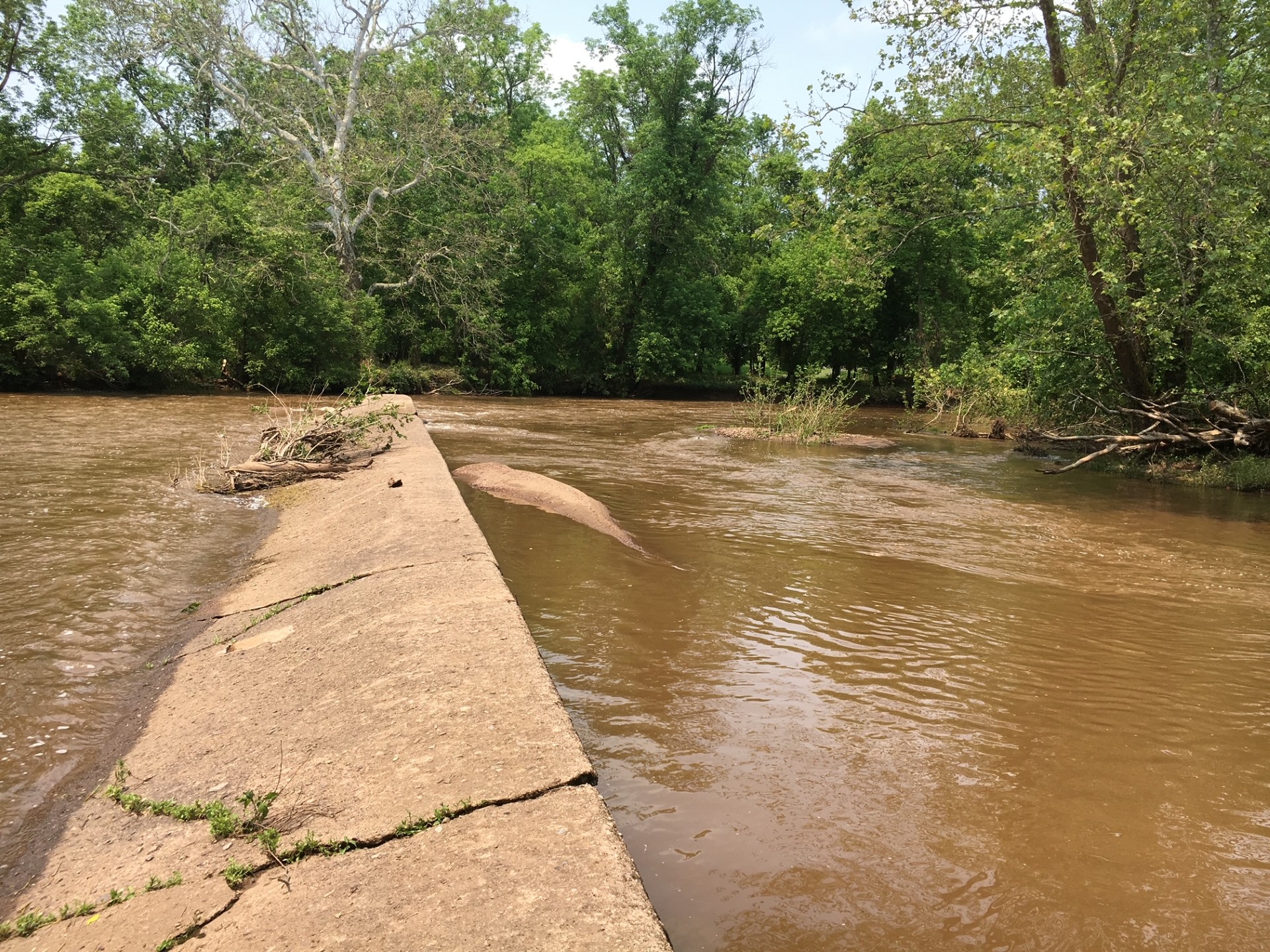
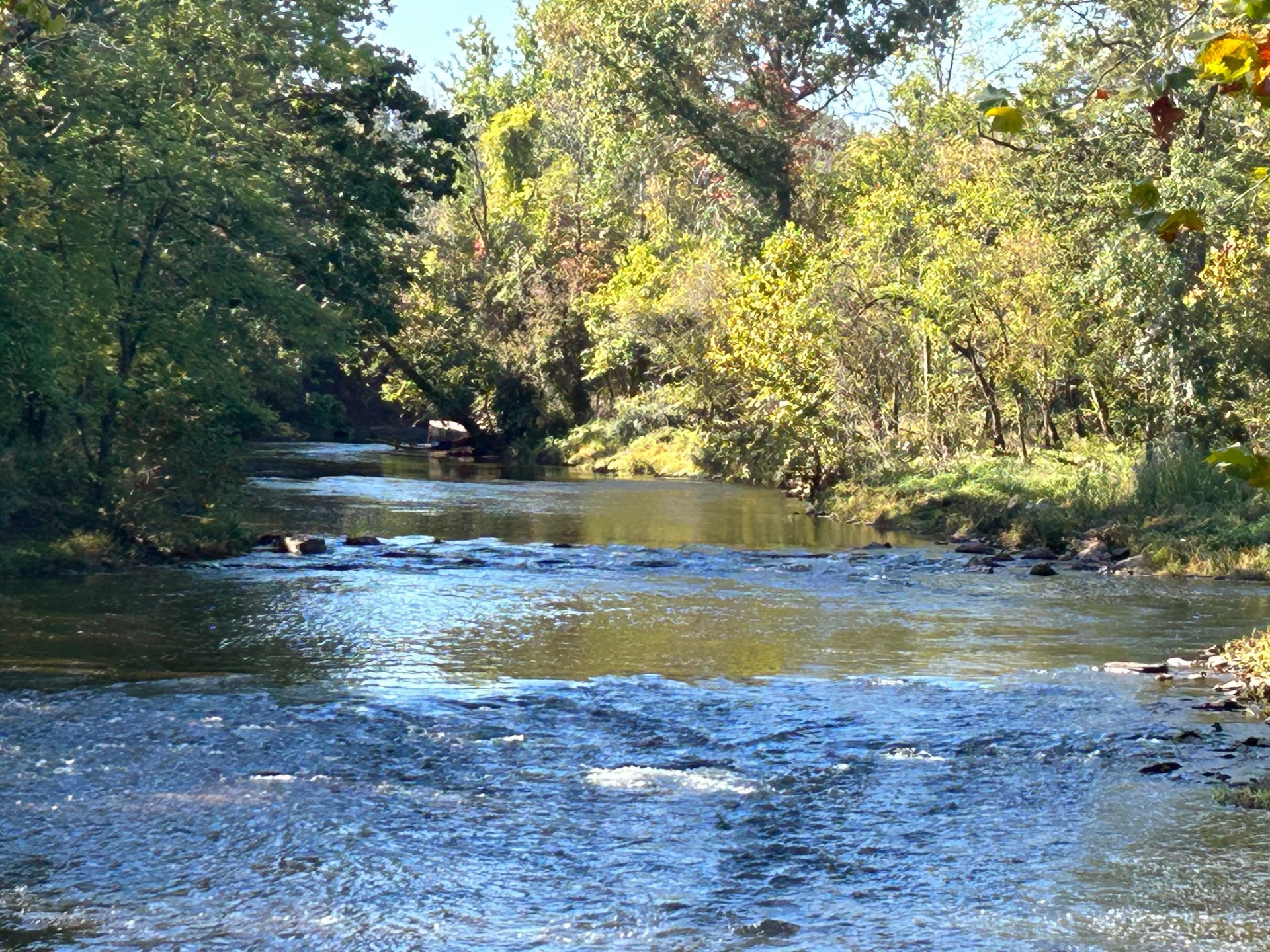
Before & After Burnt Mills Dam Removal, Lamington River, Bedminster, NJ
Dams: A Historic Legacy with Modern Risks
New Jersey’s development story is intertwined with its dams. These structures, as old as the nation itself, powered early mills, sparking economic growth in textiles, lumber, farming, and manufacturing. At that time, they revolutionized work and allowed for productivity to increase, bringing wealth to the growing towns of early New Jersey.
However, while these dams are historically significant, many have outlived their usefulness and now pose significant threats to both human lives and the ecosystem at large. The New Jersey Department of Environmental Protection has classified 563 dams as a high hazard or significant hazard in our state. A high hazard rating signifies a potential loss of life if the dam fails and a significant hazard rating indicates a risk for property damage in the event of dam failure.
Dams, especially low-head dams, pose a significant drowning hazard for recreationalists. Known as ‘drowning machines,’ these dams are particularly dangerous and widespread in the mid-Atlantic region. They may appear harmless to an unknowing kayaker or angler, but every low-head dam creates a dangerous recirculating current just downstream of the dam. It is very easy for someone to get stuck in these currents and there have been 149 drowning deaths because of low-head dams in the US between 2018-2021 alone.
Photo credit: unknown
Beyond Safety: The Ecological Impacts of Dams
In addition to the safety risks they pose to surrounding communities and recreational activities, dams also have severe consequences for ecosystem integrity and function. Dams impede the migration of fish species like shad, eel, and salmon, limiting their access to critical spawning grounds. By slowing water flow and allowing sediment to accumulate, dams contribute to warmer water temperatures, favoring plant and fish species typically found in lake environments. This sediment buildup can also lead to significant water quality issues, including harmful algal blooms and the concentration of pollutants from runoff.
Photo credit: The Boardman River Dams Project
The High Cost of Aging Dams
Many of these dams are low-head dams, constructed of concrete and typically ranging from 1 to 15 feet in height. Concrete structures generally have a lifespan of about 50 years, after which they require substantial repairs or removal. Surprisingly, a majority of these dams are privately owned, rather than under the purview of local, state, or federal governments. This means that the dam owners bear the financial burden of repairs and maintenance. Considering these costly liabilities and the fact that many dams no longer serve any economic purpose, removal often becomes a more practical solution.
Raritan Headwaters’ Dam Removal Success
Raritan Headwaters played a crucial role in the removal of the Burnt Mills dam on the Lamington River in 2019. This action has led to significant improvements in riparian habitat restoration. Ongoing water quality monitoring efforts have revealed clear trends of improved water quality following the dam removal.
Photo credit: The Boardman River Dams Project
With continued effort on dam removal projects in the Raritan River headwaters, we hope to see improvements in water quality, flood mitigation, recreational access, and habitat for aquatic and terrestrial organisms.
To learn more about dam removal projects at RHA, click here.
Resources:
Fact Sheet: Dam Ownership, Association of State Dam Safety Officials
Article: Low-head Dam Safety Awareness Month, The Nature Conservancy

